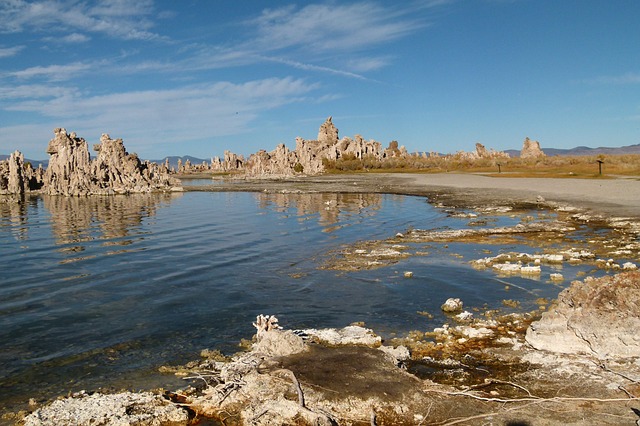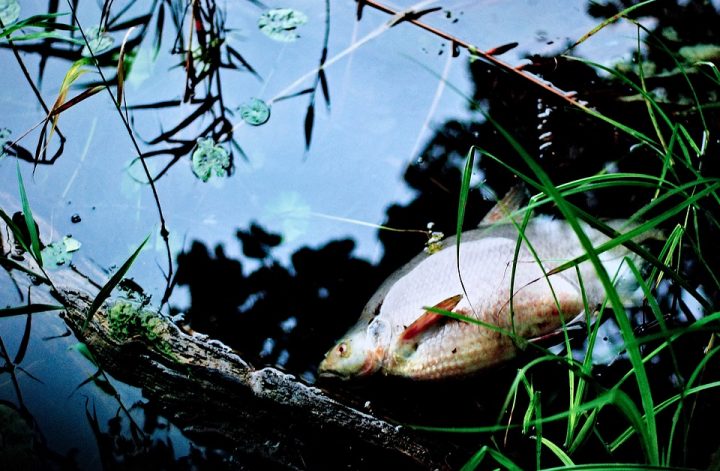INTRODUCTION
Waterlogging and salinity are among the major issues Pakistan is facing since irrigation development in Indus River Basin. There are various methods being adopted in Sindh and Punjab to deal with these issues including excess irrigation that leads to leaching of salts, utilizing physical and biological methods including chemical amendments, and establishing tube wells to lower groundwater table.
To know more about Waterlogging and Salinity, we suggest you check these detailed articles out:
Waterlogging – Causes, Effects, and Solutions.
Salinity – Types, Causes, Effects, and Solutions.
CURRENT CONDITIONS AND AFFECTED AREAS
Nearly half of the population in Pakistan is linked with the agriculture sector. Waterlogging and salinity hinder crop production. These issues are leading factors to unsustainable crop yield in Pakistan.
In Pakistan, more than 6.3 million hectares have been damaged by salinity and 1 million hectares are damaged by waterlogging. Noteworthy efforts have been taken to reduce the severity of this issue but operational cost and maintenance of the launched projects are major turnbacks.
All provinces of Pakistan have reported salinity and waterlogging issues, however, these issues make a huge portion for Punjab and Sindh because of agricultural lands. The Indus River Basin suffers from salinity and waterlogging due to inadequate water management practices, poor surface, and subsurface drainage, water seepage from canals, etc. The quality of the groundwater being used for irrigation is not up to the mark.
Check out Types Of Soils In Pakistan And Their Location And Properties
WATERLOGGING AND SALINITY REMEDIATION METHODS IN PAKISTAN
Published research indicated that the past few remediation methods were employed to tackle waterlogging and salinity issues in Pakistan. These methods include decreasing supply levels of canals, construction of surface drains, and closing canals during monsoon season. These methods gave temporary relief.
Furthermore, the study also reported management strategies related to waterlogging and salinity. These include few projects that proved effective and some conflicts between Punjab and Sind are still needed to get resolved.
To manage waterlogging and salinity, two systems- one after another – were introduced. The first method was a vertical drainage system and the other was a horizontal drainage system.
Under vertical drainage system around 14000 tube wells were established. Under horizontal drainage system, two projects were launched including Left Bank Out Fall Drain and Right Bank Out Fall Drain. LBOD involved establishing 2000 tube wells, 2000 km long-buried pipes along 5000 structures. It also included 1950 km long surface drains. RBOD is installed on the right side of the Indus River.
Also, the study recommended the integration of drainage and irrigation systems.
Also read: Agroforestry – Importance and Application in Pakistan and Sustainable Agriculture Practices and their Advantages
CONCLUSION
Environmental issues like salinity and waterlogging are disastrous for productive soil. Excess water and high concentration of salts are dangerous for soil health and soil biota. A developing country like Pakistan depends on agriculture for foreign exchange earnings and almost half of the population is linked with the agriculture sector. In the case of waterlogging and salinity, the land becomes useless as it cannot be used for irrigation and growing crops. The two provinces of Pakistan Punjab and Sindh have agricultural land and these are the areas where waterlogging and salinity issues are prevalent. The actions that were taken previously to combat these issues were proved fruitful however negligence resulted in the reverse situation. Waterlogging and salinity issues are also posing threats to food security in Pakistan.
Also read: Biodynamic Farming Benefits and Importance for Environment
RECOMMENDATION
If previous work is taken into consideration, then it is recommended that adequate finance should be allotted to tackle waterlogging and salinity issue in Pakistan. Along with that, this issue requires consistency regarding monitoring, maintenance, and operational work. The provincial and federal governments should form a collaborative committee in order to deal with environmental issues.
Also, check out Land/Soil pollution – Causes, Effects, and Control
I hope you all liked this post! Please comment below if you have any suggestions, comments, or feedback! We at #envpk love hearing from our readers! Thanks!





5 Comments
It certainly helped. Keep up the good work. and please do recommend me some quality sources for environmental studies.
Thank you Umair, we have a lot of articles on our website covering a vast variety of environment related topics so Envpk.com is a great source to start exploring.. here is a link containing the complete basic environmental science course https://www.envpk.com/environmental-science-css-pms-pcs-course-notes-by-topic/ .. If you have any further queries or suggestions, please don’t hesitate to contact us again!
Can I have current statistics of waterlogging effect on soya
Sorry, we don’t have any related stats. Good luck!